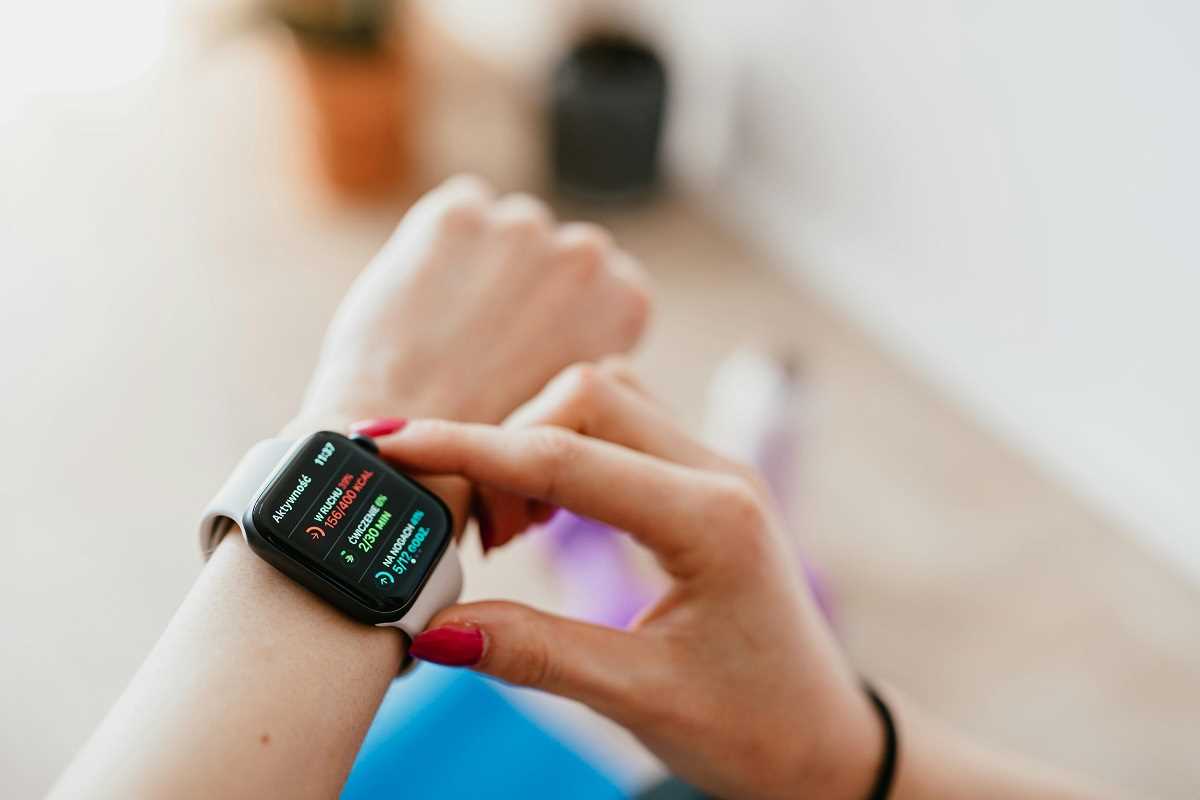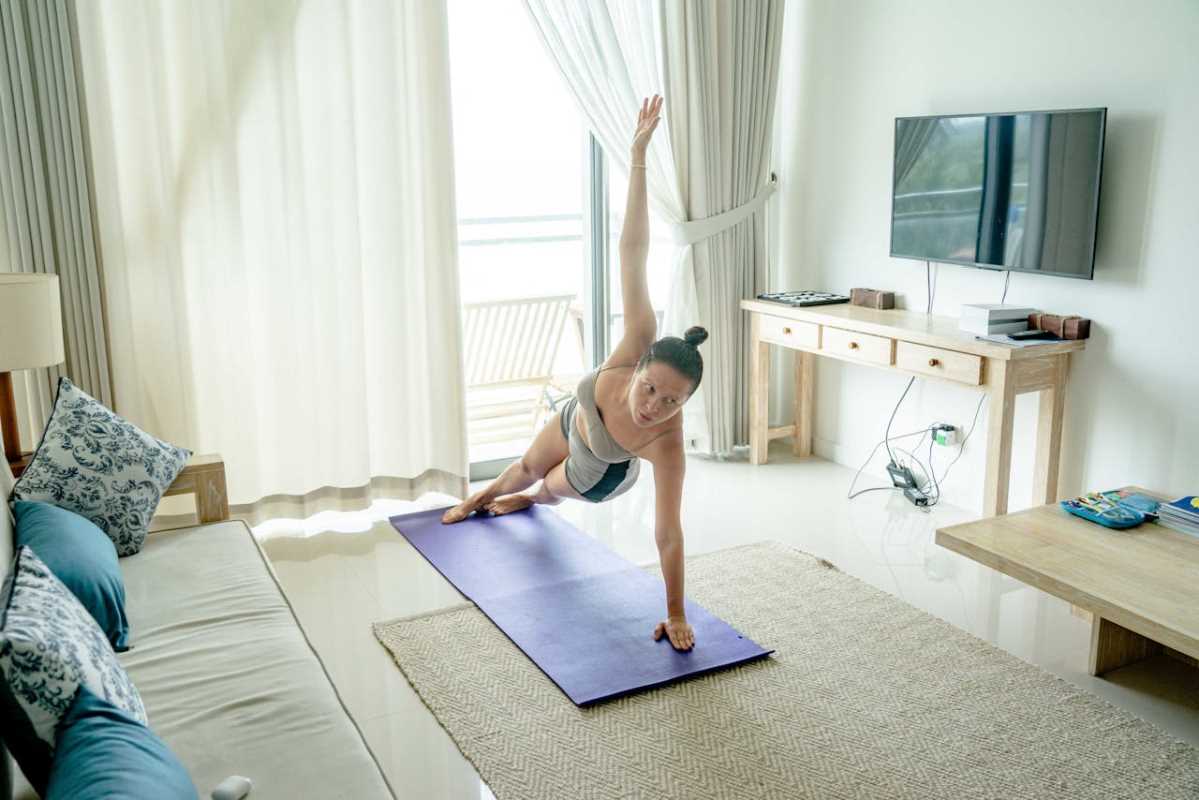Biofeedback tools are revolutionizing the way we approach fitness and exercise. These innovative devices provide real-time data about our bodies, enabling us to gain valuable insights into our physical performance and overall health. With this information at our fingertips, we can make informed decisions that enhance our workout routines and promote better well-being. Whether you're an athlete striving for peak performance or someone simply looking to improve your fitness levels, biofeedback tools offer a personalized and effective way to track progress and achieve your goals. Embracing this technology opens up a world of possibilities for maximizing results and maintaining a healthier lifestyle.
The days of guesswork in fitness routines have ended. With technology's advancement, biofeedback provides insights that help tailor workouts to individual needs, making fitness journeys more effective and personalized.
What is Biofeedback in Fitness?
Biofeedback in fitness involves using devices that monitor physiological signals and provide feedback to optimize your workouts. These tools give you a deeper understanding of how your body responds to different exercises and activities.
- Heart Rate Monitors: Track your heart rate in real-time to ensure you exercise within your optimal heart rate zones.
- Wearable Fitness Trackers: Devices like Fitbit and Garmin monitor various metrics such as steps taken, calories burned, and sleep quality.
- Electromyography (EMG) Sensors: Measure muscle activity to improve strength training techniques and prevent injuries.
- Respiratory Sensors: Monitor breathing patterns to enhance cardio workouts and relaxation techniques.
The Benefits of Personalized Fitness Tracking
- Enhanced Performance: By understanding your body's responses, you can adjust your workouts to maximize efficiency and effectiveness.
- Injury Prevention: Monitoring physiological signals helps you recognize when your body experiences excessive stress, reducing the risk of injuries.
- Motivation and Accountability: Tracking progress with tangible data keeps you motivated and accountable to your fitness goals.
- Customized Training Plans: Personalized data allows for the creation of training programs tailored specifically to your strengths and weaknesses.
- Improved Recovery: Understanding recovery metrics helps you optimize rest periods and recovery methods to maintain overall health.
Popular Biofeedback Tools to Consider
Numerous biofeedback tools are available that cater to different aspects of fitness tracking. Choosing the right one depends on your specific goals and the type of data you want to monitor.
- Whoop Strap: Focuses on recovery, strain, and sleep by providing detailed analytics to enhance performance.
- Polar H10 Heart Rate Sensor: Offers precise heart rate monitoring, ideal for serious athletes looking to fine-tune their training.
- Oura Ring: A sleek wearable that tracks sleep, readiness, and activity levels, providing comprehensive health insights.
- BioHarness: Combines heart rate, breathing rate, and other vital signs to offer a holistic view of your fitness.
How to Integrate Biofeedback into Your Routine
- Set Clear Goals: Determine what you want to achieve, whether you aim to improve endurance, strength, or overall health.
- Choose the Right Tools: Select biofeedback devices that align with your fitness goals and provide the data you need.
- Regular Monitoring: Consistently track your metrics to identify patterns and make informed adjustments to your workouts.
- Analyze the Data: Take time to review the feedback and understand what it tells you about your performance and recovery.
- Adjust Your Workouts: Use the insights gained to modify your exercise routines for better results and reduced injury risk.
Challenges and Considerations
While biofeedback tools offer numerous advantages, some challenges exist. The initial cost of high-quality devices can be a barrier for some, and the overwhelming amount of data might be difficult to interpret without proper guidance.
It's important to ensure data privacy and security when using wearable technology. Always choose reputable brands that prioritize protecting your personal information.
Incorporating biofeedback into your fitness routine can greatly improve your workout by enabling informed decisions for better performance and health.
 (Image via
(Image via





